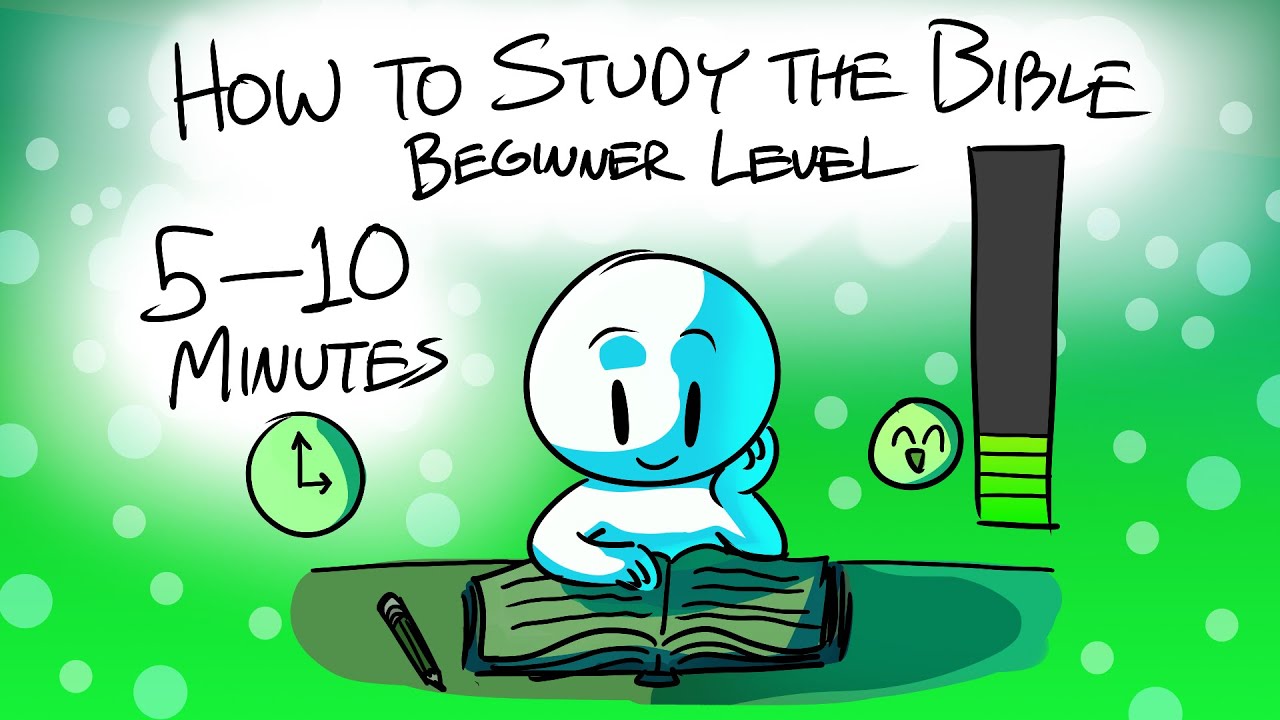BEGINNER - Waterstart - Duotone Academy
Summary
TLDRThe video script offers an exhilarating guide to kiteboarding, starting with the essential steps to mount the board and harness the wind's power. It emphasizes the importance of body positioning, steering the kite effectively, and using the right techniques for different wind conditions. The key points are reiterated for clarity, encouraging riders to get their feet in the straps, keep the body close to the board, and use the kite's power to their advantage for a thrilling ride with Duotone Kiteboarding Academy.
Takeaways
- 🏄♂️ Start by positioning yourself with your back to the wind, holding the kite control bar with your front hand and grabbing the board's back strap or handle with your other hand.
- 👣 Place the board in front of you and securely strap your feet into the bindings to ensure stability during the ride.
- 🧘♂️ Bend at the hips and knees to get as close to the board as possible, maintaining a low center of gravity for better control.
- 📍 Keep the board between yourself and the kite at all times, which is crucial for maintaining balance and control.
- 🕒 Begin riding by steering the kite into the power zone, which is typically upwind of your position.
- 🚀 Use the kite's power to your advantage, especially during the down movement, to help you rise and maintain your ride.
- 🌬️ In low winds, generate more power by steering the kite gently back into the opposite direction before flying it down into the power zone.
- 🌪️ With strong winds, initiate the down movement from 12 o'clock and stop the motion at 45 degrees, flying the kite straight for optimal control.
- 🏞️ Adapt your kite flying technique based on wind strength: use steep curves in low winds and flatter curves in strong winds.
- 🔄 Repeat the key points to reinforce the importance of proper body positioning, foot placement, and kite control for an enjoyable kiteboarding experience.
- 🏅 Enjoy your ride with Duotone Kiteboarding Academy, which suggests that the script may be part of a tutorial or instructional video series.
Q & A
What is the first step in preparing for kiteboarding?
-The first step is to have the water start, which is your ticket to ride and where the fun on the water begins.
How should you initially position yourself to catch the wind with the kite?
-You should start by flying the kite at 12 o'clock with the flat of your back facing into the wind.
What is the correct hand placement for holding the kite control bar?
-Your front hand should be on the bar, and your free hand should grab the back strap or handle.
How do you properly place the board in front of you?
-You pull the board towards you and place it in front of you, getting your feet firmly into the straps.
What is the purpose of pointing your toes upwards?
-Pointing your toes upwards helps to keep the board securely on your feet.
How should you position your body in relation to the board?
-Get your body as close to the board as possible by bending at the hips and knees once you're set.
What is the significance of steering the kite into the power zone?
-Steering the kite into the power zone allows you to generate the necessary power to ride and control the kiteboard.
How do you adjust your kite flying technique for low winds?
-In low winds, you can generate more power by steering the kite gently back into the opposite direction before flying it down into the power zone.
What is the recommended kite flying technique for strong winds?
-With strong winds, start the down movement at 12 o'clock, stop the down motion of your kite at 45 degrees, and fly it straight.
How can you gain more power in very light winds?
-In very light winds, you can gain more power by flying the kite in sinus curves.
What are the key points to remember when riding the kiteboard?
-The key points are to get your feet into the straps, point your toes up, get your body close to the board, step on the board with your back leg, and extend your front leg while flying down the kite.
Who provides the instructions in the transcript?
-The instructions are provided by the Duotone Kiteboarding Academy.
Outlines

This section is available to paid users only. Please upgrade to access this part.
Upgrade NowMindmap

This section is available to paid users only. Please upgrade to access this part.
Upgrade NowKeywords

This section is available to paid users only. Please upgrade to access this part.
Upgrade NowHighlights

This section is available to paid users only. Please upgrade to access this part.
Upgrade NowTranscripts

This section is available to paid users only. Please upgrade to access this part.
Upgrade NowBrowse More Related Video

BEGINNER - First use of the board - Duotone Academy

BEGINNER - Riding Upwind - Duotone Academy

HOW TO GET TO MACHU PICCHU | The Ultimate Travel Guide - Everything You Need to Know Before Visiting

How to Study the Bible: Beginner Level - Impact Workshops

The Blueprint to $10K/MO for Beginners (2024)

BEGINNER - Sliding Transition - Duotone Academy
5.0 / 5 (0 votes)